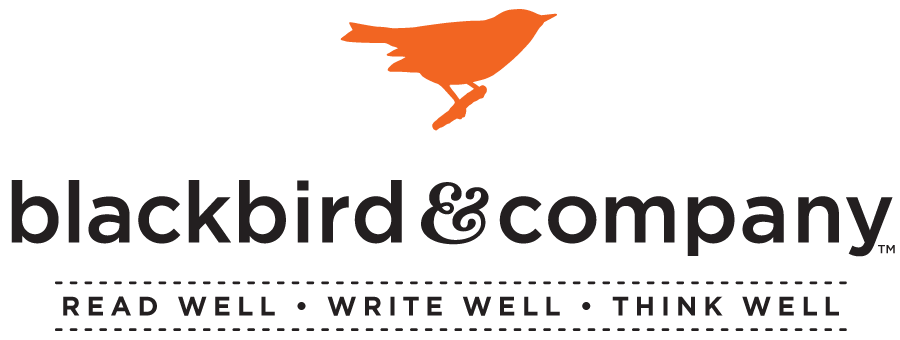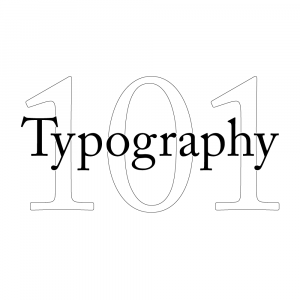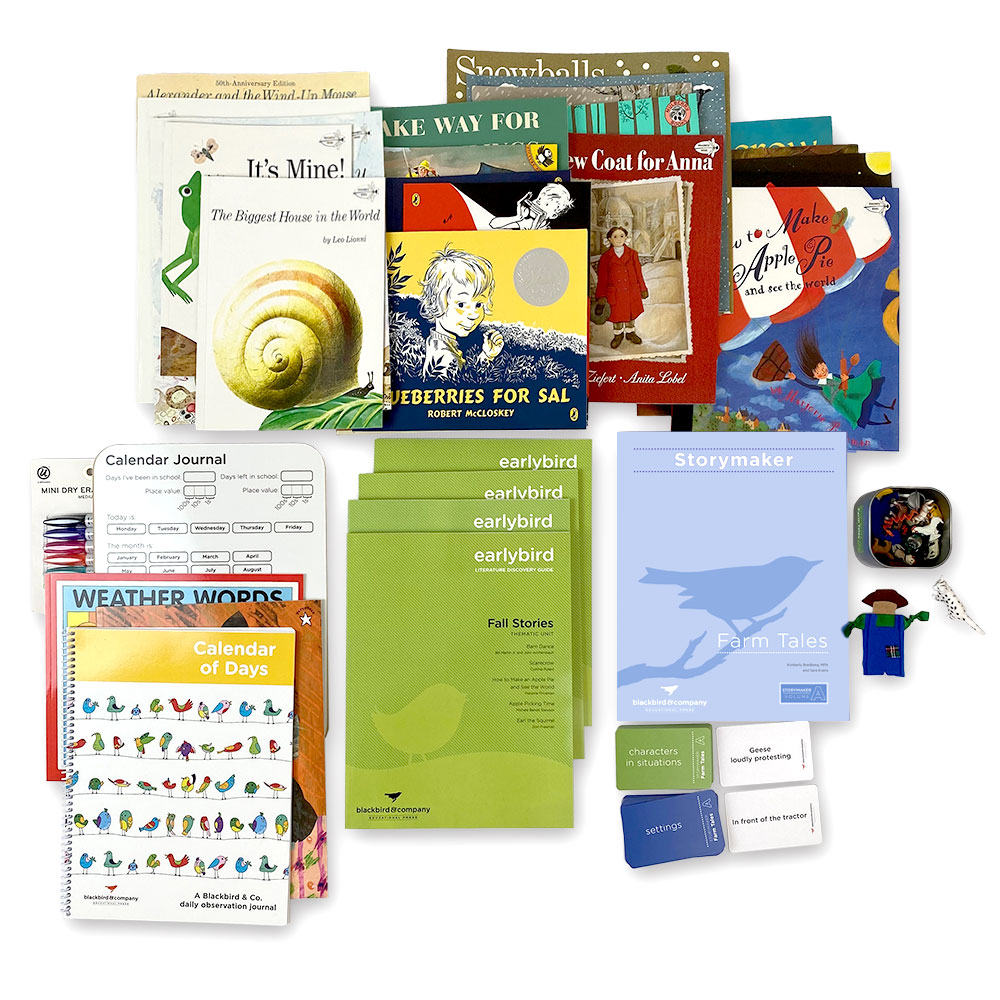
Teaching a child to write and to value their imagination go hand in hand. Writing for real begins when children believe that their ideas are important enough to do the work of shaping words on a page that will communicate that idea.
You could begin to teach a child to write like this:
“A paragraph consists of one or more sentences focusing on a single idea within a specific structure that enables a reader to understand the idea.”
Or, you could begin like this:
“Let’s write a chocolate cake!”
In my experience, the second option is nearly groan free.
Set out paper and pencil for later. Begin with discovery. You might bake a cake from scratch or assemble a cake with pre-baked cakes, pre-made frosting, and a variety of decorations. You might try several chocolate cake recipes and have a taste test. Either way, as you are exploring chocolate cake, discuss the process of discovery along the way. Once the discovery session is complete, encourage your writer to pick up their paper and pencil to begin the process of communicating what they discovered to someone else. Remind them that their writing is a gift twice as delicious as chocolate cake.
Walking writers through the process of crafting a paragraph about chocolate cake is easy as 1, 2, 3… I promise!
1. Hook: The first sentence in a paragraph outlines the idea that will be presented. But more importantly, this is the sentence that grabs the reader’s attention, first impressions matter. This sentence can be a statement, a command, a question, or even an exclamation. The goal is simply to entice the reader to read on. Honestly, once writers have crafted the Hook, words flow until they hit the Clincher.
Ask the writer, “For our paragraph about chocolate cake do we want a flavorless, bland topic sentence like this…?”
I am now going to tell you about chocolate cake.
Of course the resounding response will be, “NO!”
At this point remind them that the bland sentence is not wrong, but it’s not original, not creative, and it certainly will not inspire the reader. Now, together try playing with the sentence to make it grab the reader’s attention.
Craft a small sentence in collaboration and focus on finding just the right adjective to describe chocolate cake. Here “mouthwatering” can be exchanged with a variety of great words and phrases: tasty, lip smacking, scrumptious. Begin the list making until the writer come up with their own words to fill in the blank. Add the word and the hook is their own.
Chocolate cake is a mouthwatering treat.
Or…
Provide a few facts about chocolate and encourage them to choose one that they find amazing and then, encourage them to write it in their own words.
Did you know that a long time ago, chocolate cake wasn’t chocolate, but a spiced cake more like gingerbread made to eat with a cup of hot chocolate?
Or…
Have them begin narrative style, “Tell a story that includes chocolate cake facts in a make-believe story.”
It all began on a dark and stormy night when I decided to bake a chocolate cake.
2. Body Sentences: This is the part of the paragraph that presents the details, facts, and examples that support the main idea. With reluctant writers, three sentences is a good place to begin, “Now write three more sentences that tell the reader something you discovered about chocolate cake.” As writers become more confident, not only will sentence count increase, but more specific details and more interesting language will begin to emerge.
3. Twist: This last sentence of the paragraph should not only summarize the main idea of the paragraph but it should leave the reader with something to think about.
Ask the writers again, “For our paragraph about chocolate cake do we want to end with a flavorless, bland topic sentence like this…?”
That is all I know about chocolate cake.
And, again, the resounding response will be, “NO way!”
Remind them, “Bland sentences are not original, not creative, and certainly will not inspire the reader.” I begin by modeling ideas, allow them to use a phrase from my twist, and soon enough the writers come up with some pretty fantastic ideas of their own.
Chocolate cake reminds my taste buds to blast off!
Chocolate cake, even the smallest silken-spun morsel is just right any old time.
Chocolate cake, like a well-crafted paragraph, is worth every single bite.




